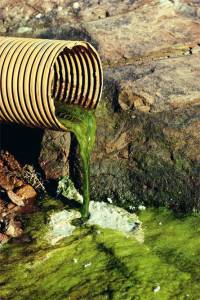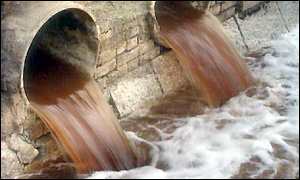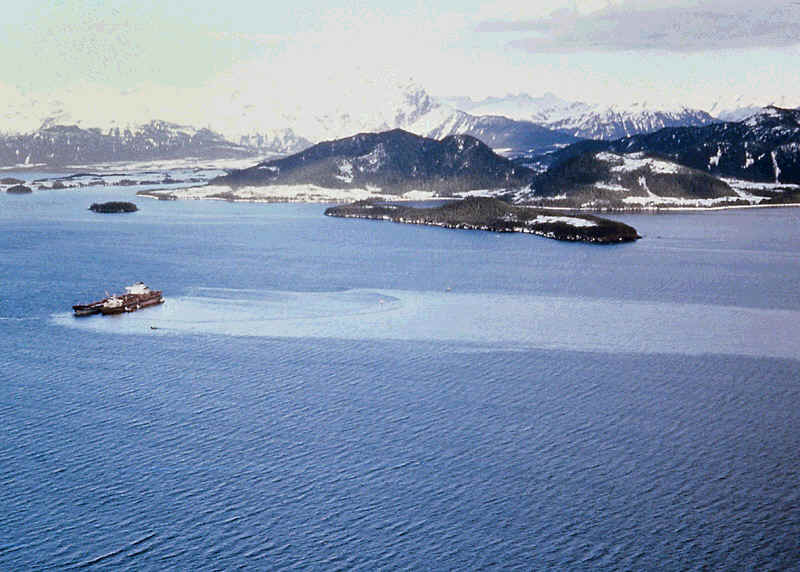
|
||||||||||||
|
|
|
Water Pollution
Water pollution is the introduction into fresh or ocean waters of chemical, physical, or biological material that degrades the quality of the water and affects the organisms living in it. This process ranges from simple addition of dissolved or suspended solids to discharge of the most insidious and persistent toxic pollutants (such as pesticides, heavy metals, and nondegradable, bioaccumulative, chemical compounds).
Water pollution occurs when a body of water is adversely affected due to the addition of large amounts of materials to the water. When it is unfit for its intended use, water is considered polluted. Two types of water pollutants exist; point source and non point source. Point sources of pollution occur when harmful substances are emitted directly into a body of water. The Exxon Valdez oil spill best illustrates a point source water pollution.
Oil Slick from the Exxon Valdez Photo courtesy of the Exxon Valdez Oil Spill Trustee Council A non point source delivers pollutants indirectly through environmental changes. An example of this type of water pollution is when fertilizer from a field is carried into a stream by rain, in the form of run-off which in turn effects aquatic life. Eutrophication Eutrophication is a process whereby water bodies, such as lakes, estuaries, or slow-moving streams receive excess nutrients that stimulate excessive plant growth (algae, periphyton attached algae, and nuisance plants weeds). This enhanced plant growth, often called an algal bloom, reduces dissolved oxygen in the water when dead plant material decomposes and can cause other organisms to die. Nutrients can come from many sources, such as fertilizers applied to agricultural fields, golf courses, and suburban lawns; deposition of nitrogen from the atmosphere; erosion of soil containing nutrients; and sewage treatment plant discharges. Water with a low concentration of dissolved oxygen is called hypoxic. More Information Examples of Water Pollution
Water pollution is a serious global Problem. It is the leading worldwide cause of deaths and diseases and that it accounts for the deaths of more than 14,000 people daily.
Credit: EPA, Environment Canada, UNEP, NASA,Exxon Valdez Oil Spill Trustee Council,State Of Alaska |




